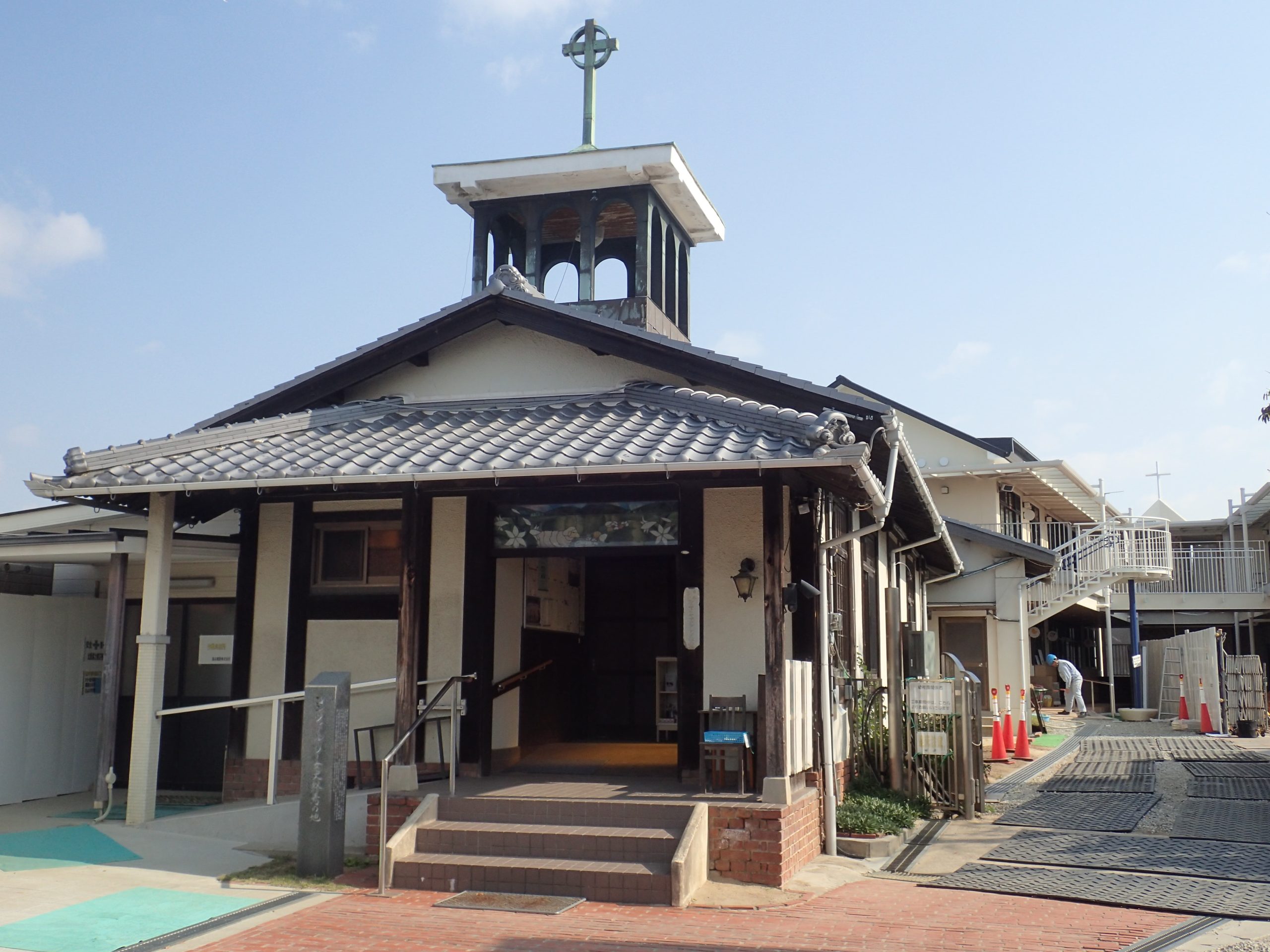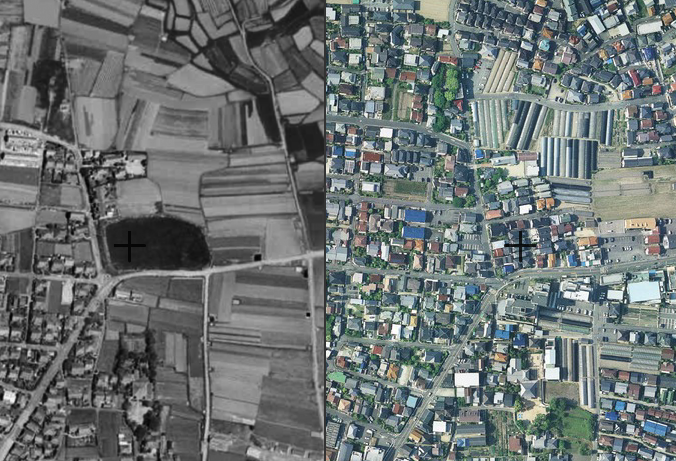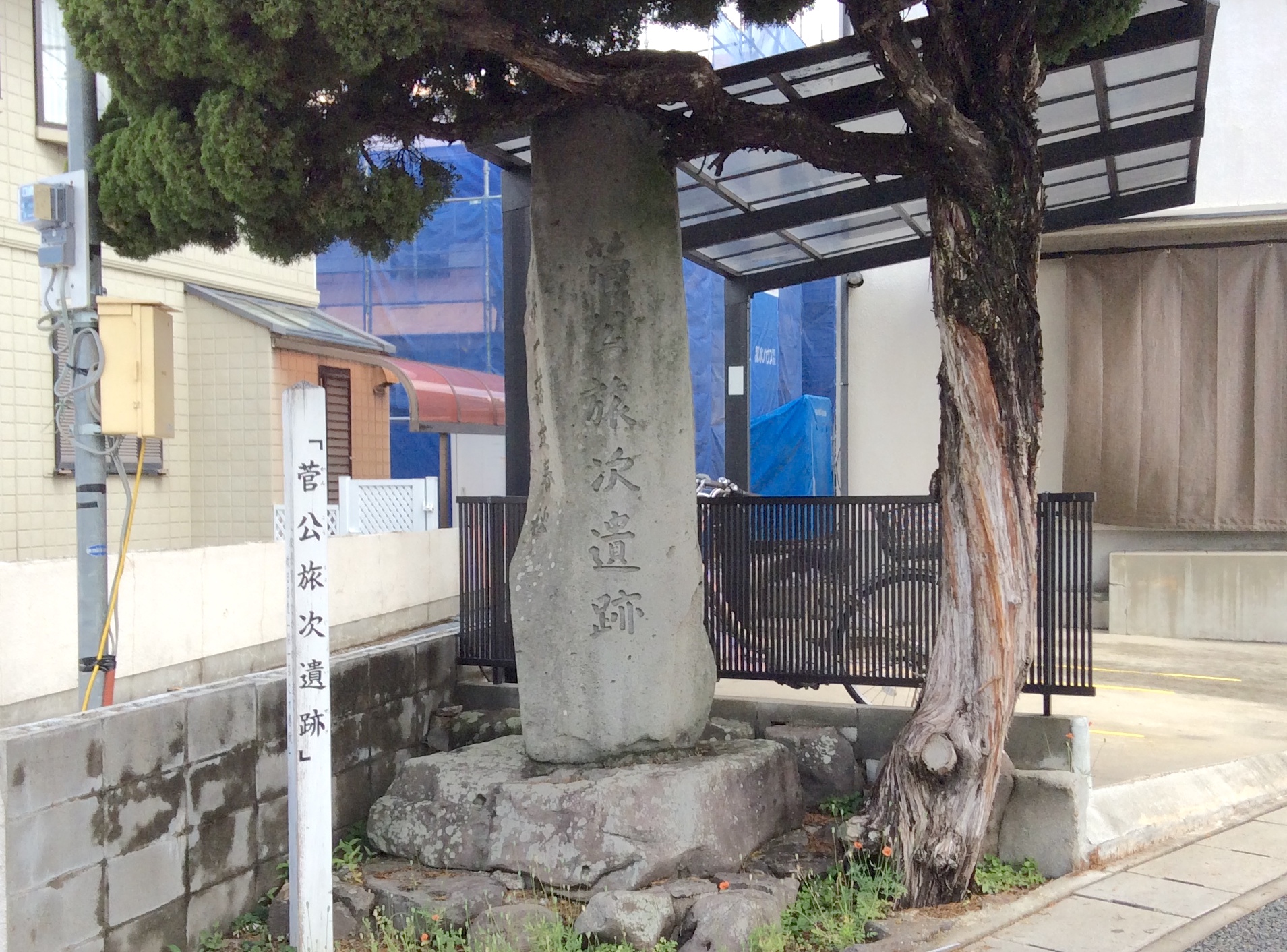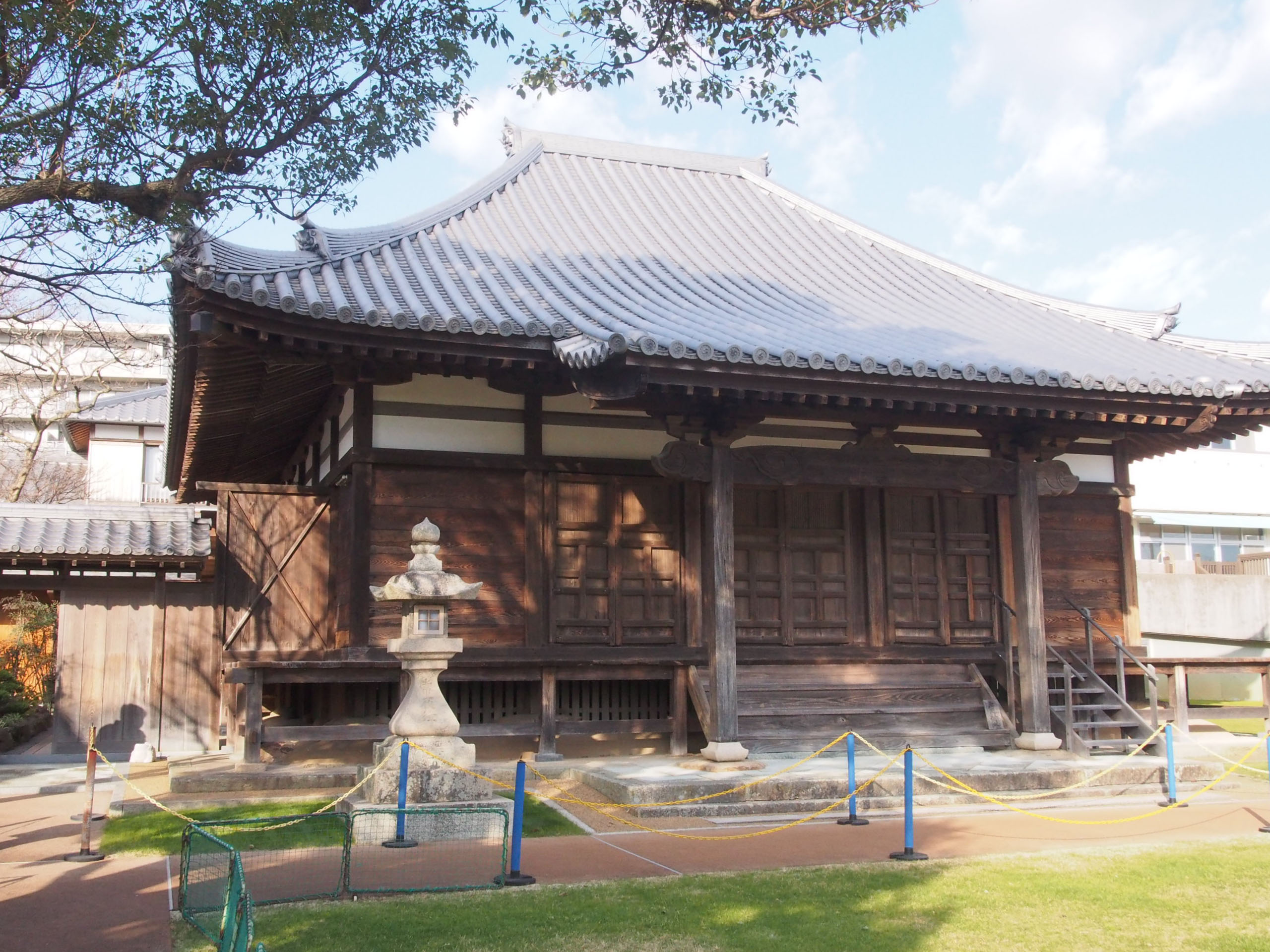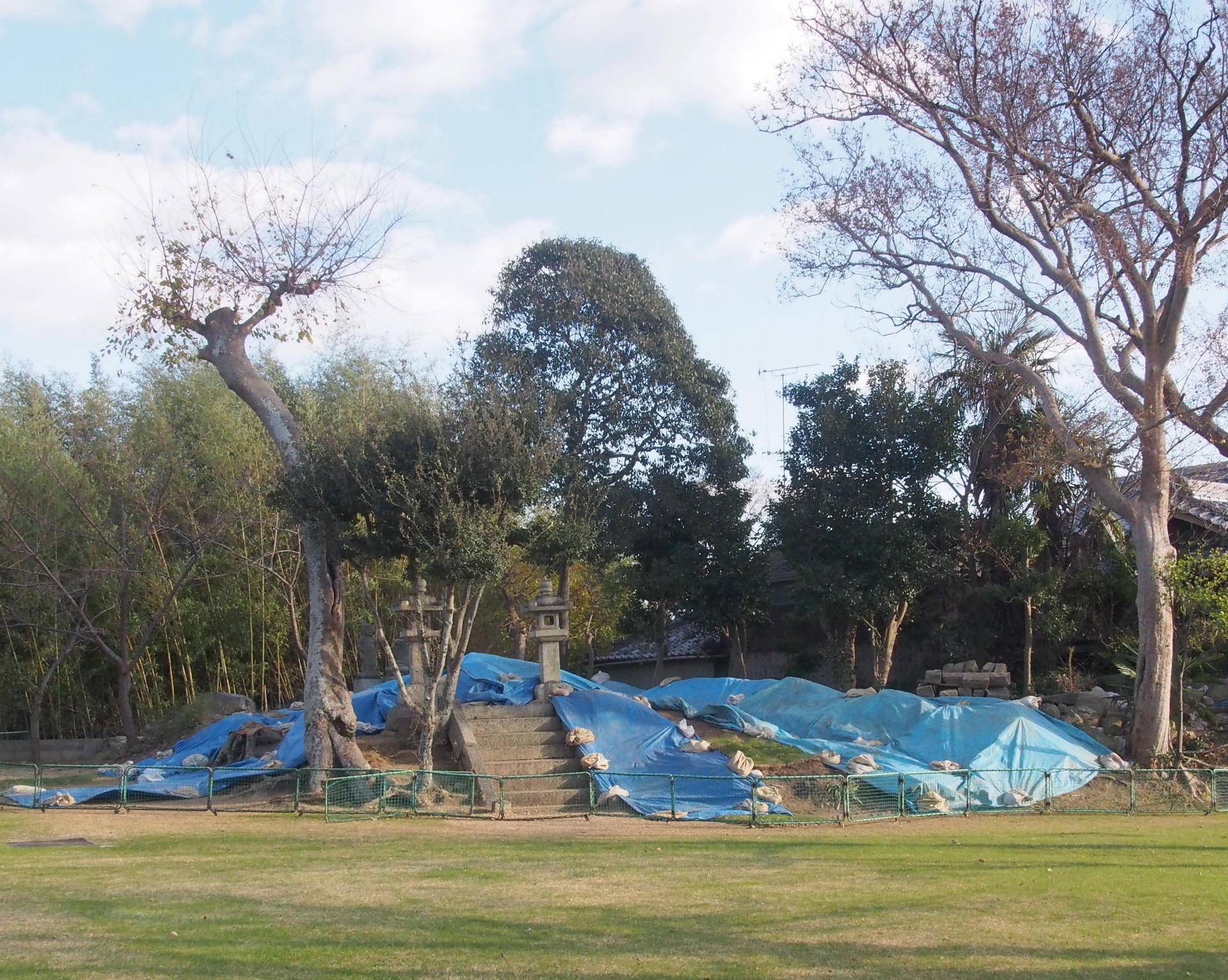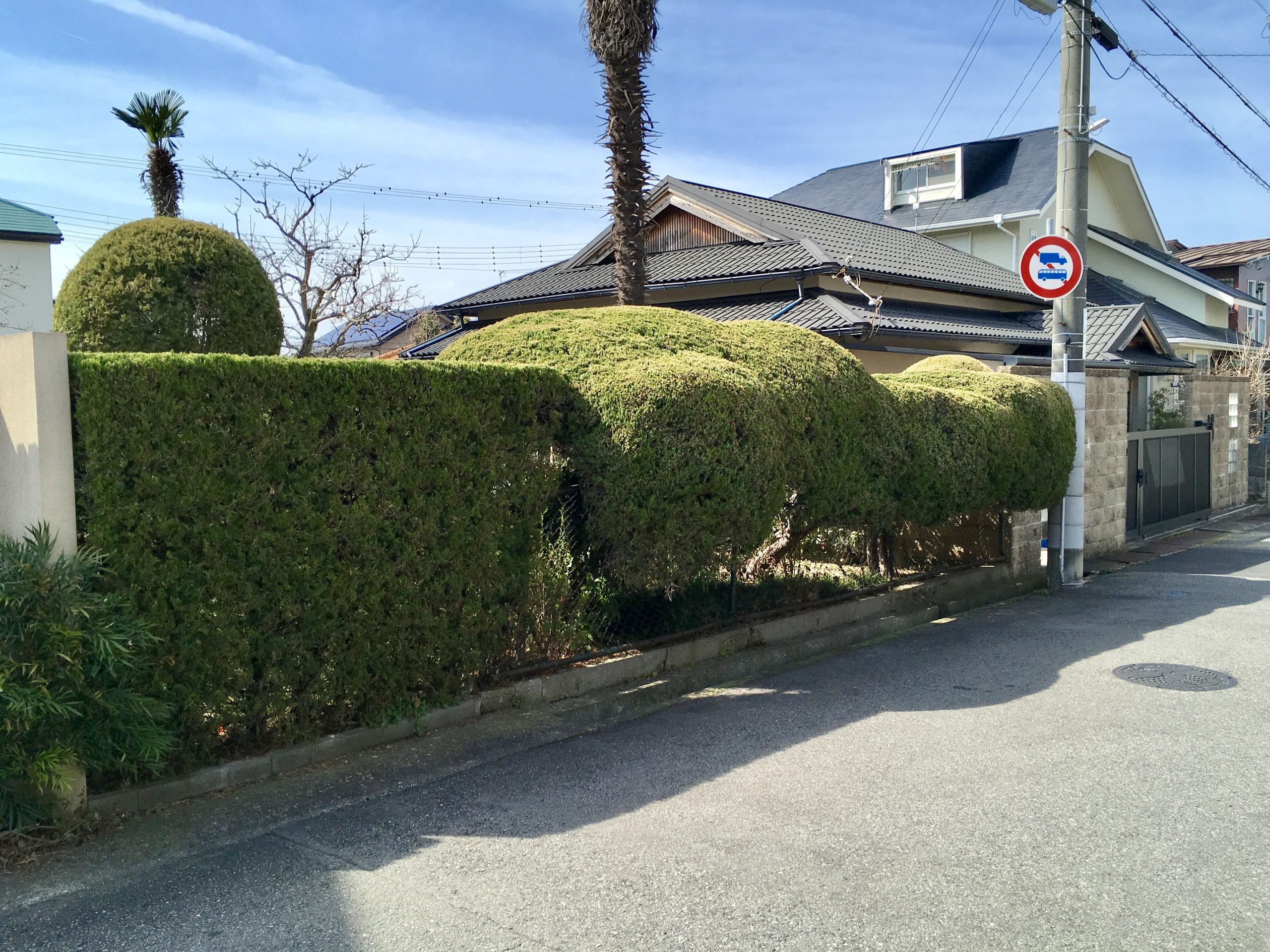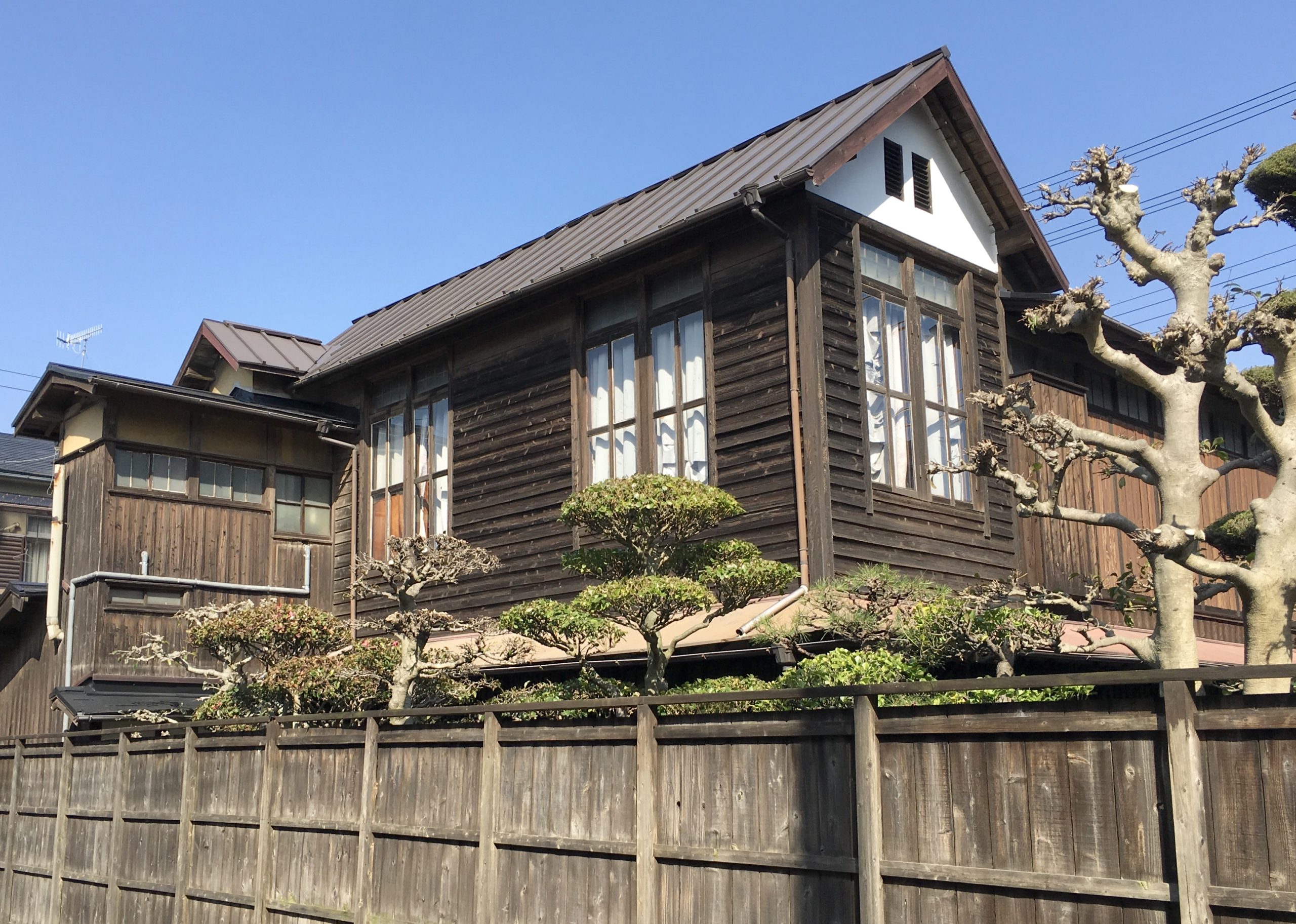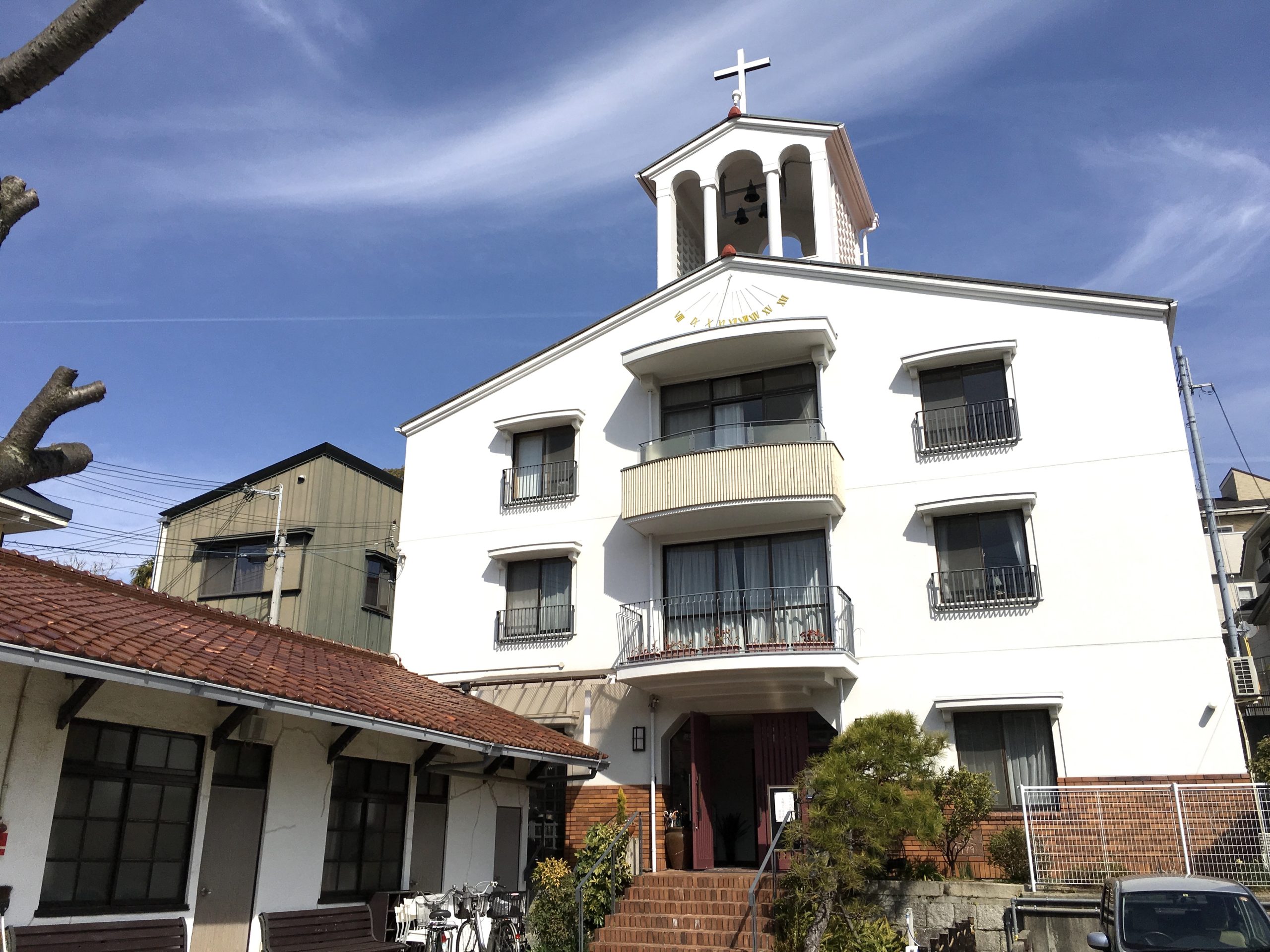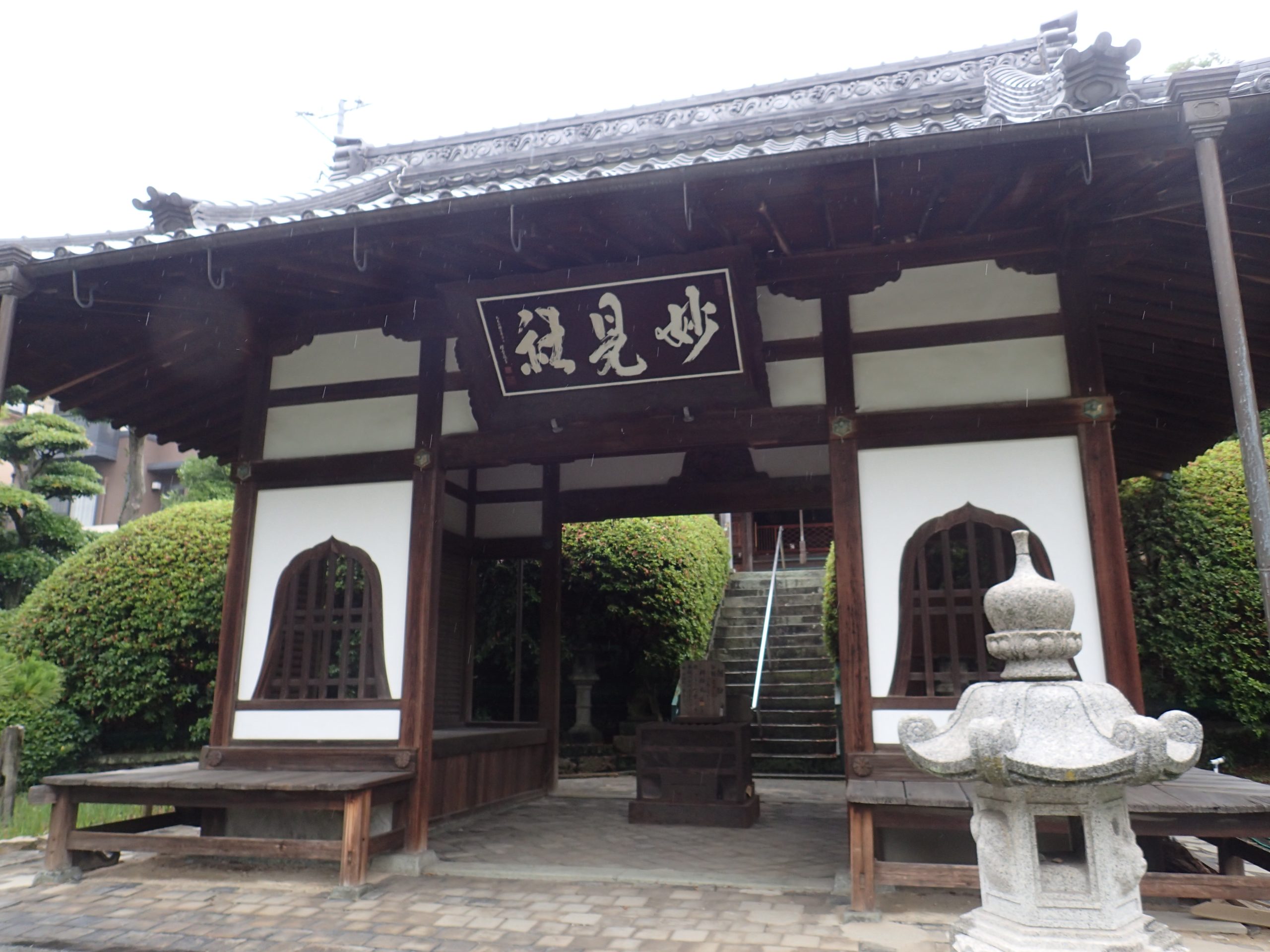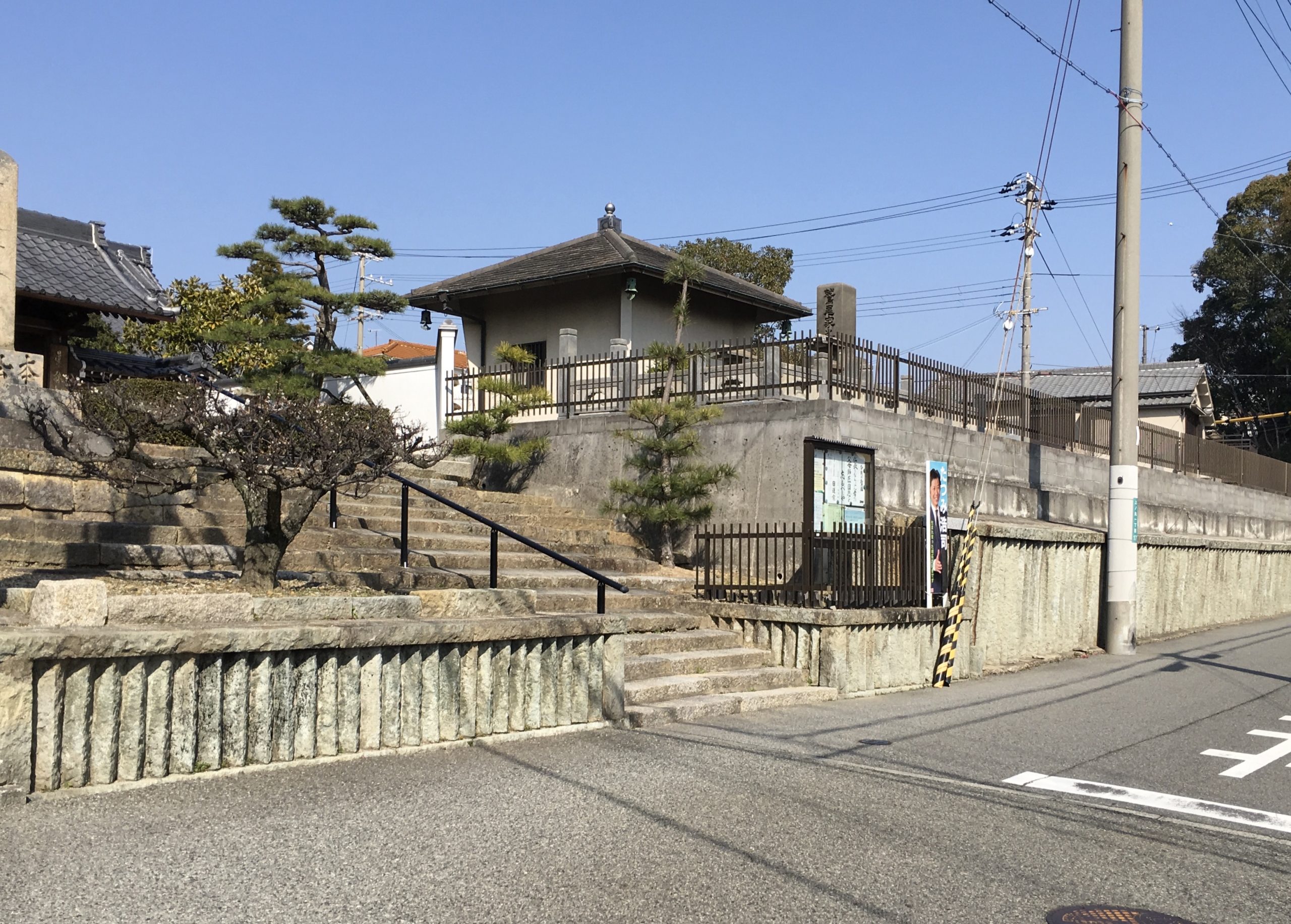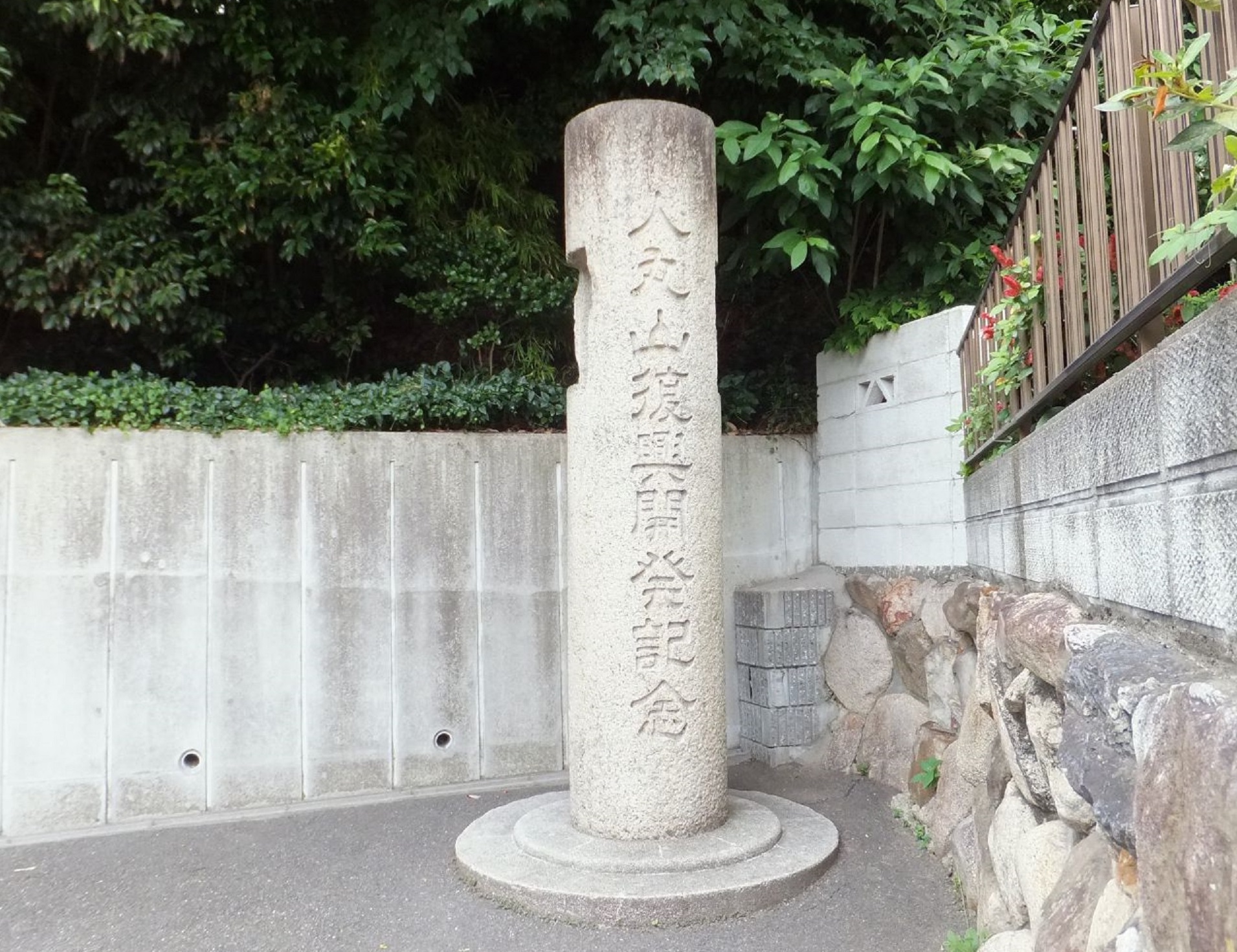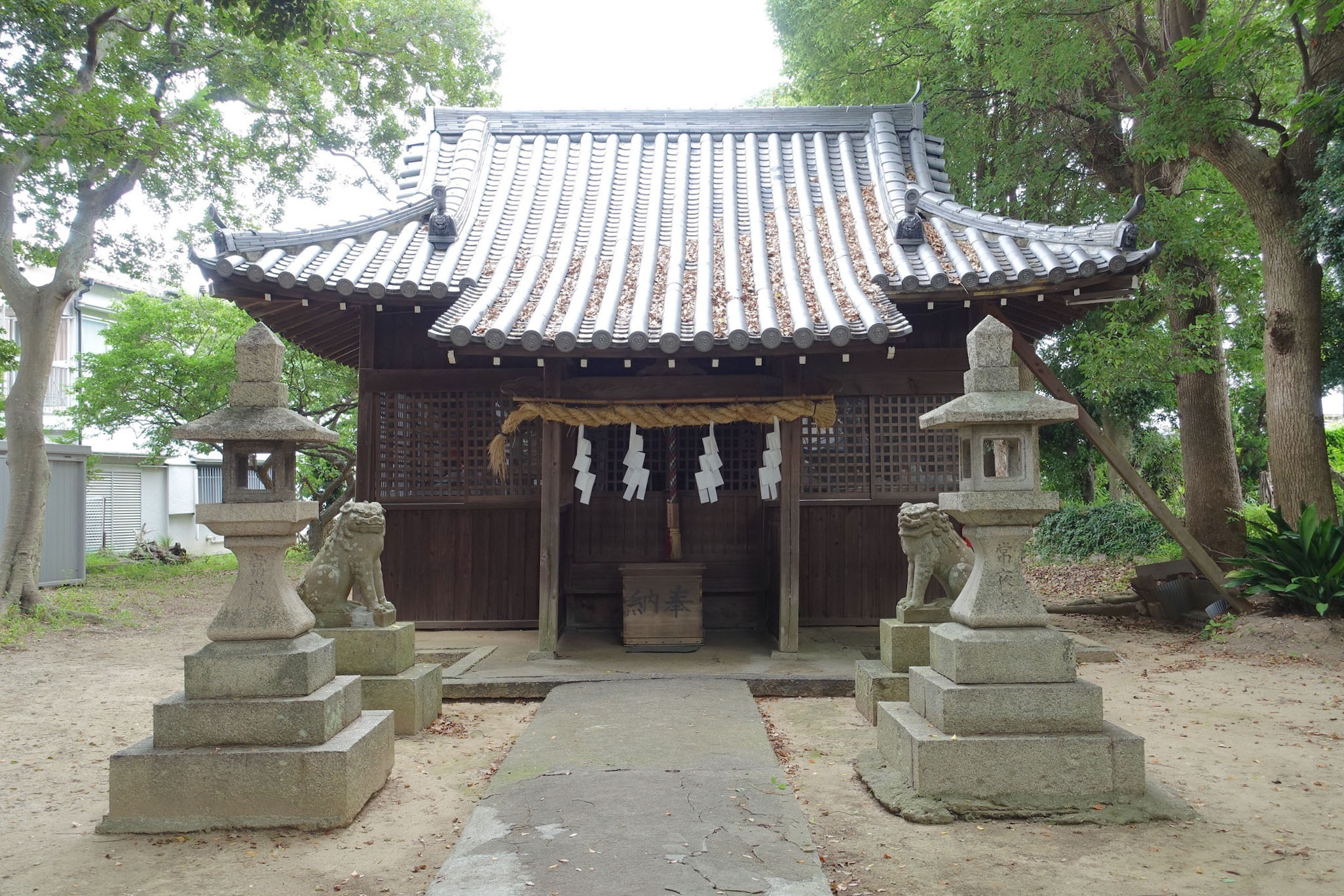
Hitomaru
01.The guardian angel for unlucky direction
Susano Shrine is the tenno shrine of faith in Gion and people enshrine Gozu Tenno there. People originally believe in it to avoid some plague, but when the feudal lord of the Akashi domain built Akashi Castle he placed this shrine to the northeast of the castle for his people’s security because that was unlucky direction. The present name Tenno-cho came from it.
